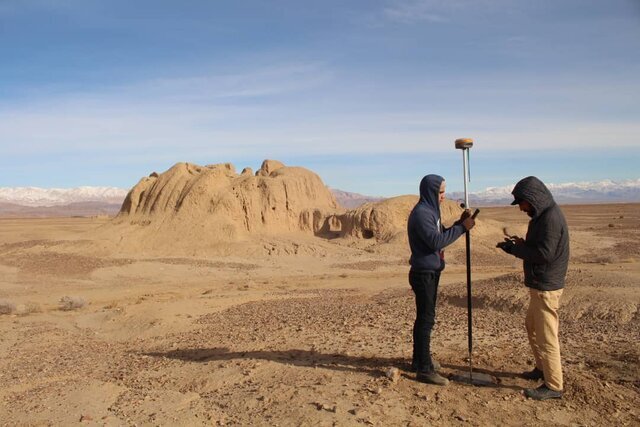History of human settlement in Iran’s Qumis may go far deeper than thought

TEHRAN – A senior Iranian archaeologist has said that the history of human settlement in Shahr-e Qumis may go far deeper in time from what previously excavations suggested decades ago.
On Sunday, Kourosh Roustaei, who heads a fresh round of survey at the site situated near Damghan, north-central Iran, noted, “According to preliminary observations, this pre-historic settlement dates from the second half of the fifth millennium BC to the first half of the fourth millennium BC, which is in accordance with the cultural sequence known for the northeast region of the Iranian plateau…,” ISNA reported.
“However, since the excavations in all areas of this huge site have not been completed yet, it is likely that evidence for other pre-historic stages to come to light during subsequent rounds of excavations.”
Being conducted under the supervision of Iran’s Research Institute of Cultural Heritage and Tourism, the latest survey aims to document archaeological remains of the site by the means of remote sensing and field observations in order to identify the reasons for the formation of the site as a goal of this multi-year project.
Shahr-e Qumis is said to be once one of capitals of the Parthian Empire (247 BC – 224 CE).
“The impact of erosion factors on the site, its ‘water supply system’ and ‘the nature of its settlements during pre-historical times’ will be examined during the following seasons of the study [in Shahr-e Qumis],” Roustaei added.
Today, the plain of Shahr-e Qumis is absolutely deserted, but everywhere, one can see the remains of an old city, which was, according to the Greek author Appian of Alexandria, founded by the Seleucid king Seleucus I Nicator, according to Livius.org; a website on ancient history written and maintained since 1996 by the Dutch historian Jona Lendering.
Shahr-e Qumis comprises several ancient mounds. Only a few of them have been properly excavated, and the area between them has mostly been ignored. The field of shards at Shahr-e Qumis measures some 7 by 4 kilometers or 28 square kilometers, which suggests that it must have boasted tens of thousands of inhabitants.
Some say that Alexander the Great stopped here in Shahr-e Qumis in the summer of 330 BC and it became part of the Seleucid Empire after his death. Qumis was destroyed by an earthquake in 856 CE, and it was probably abandoned afterward.
AFM/MG
Leave a Comment